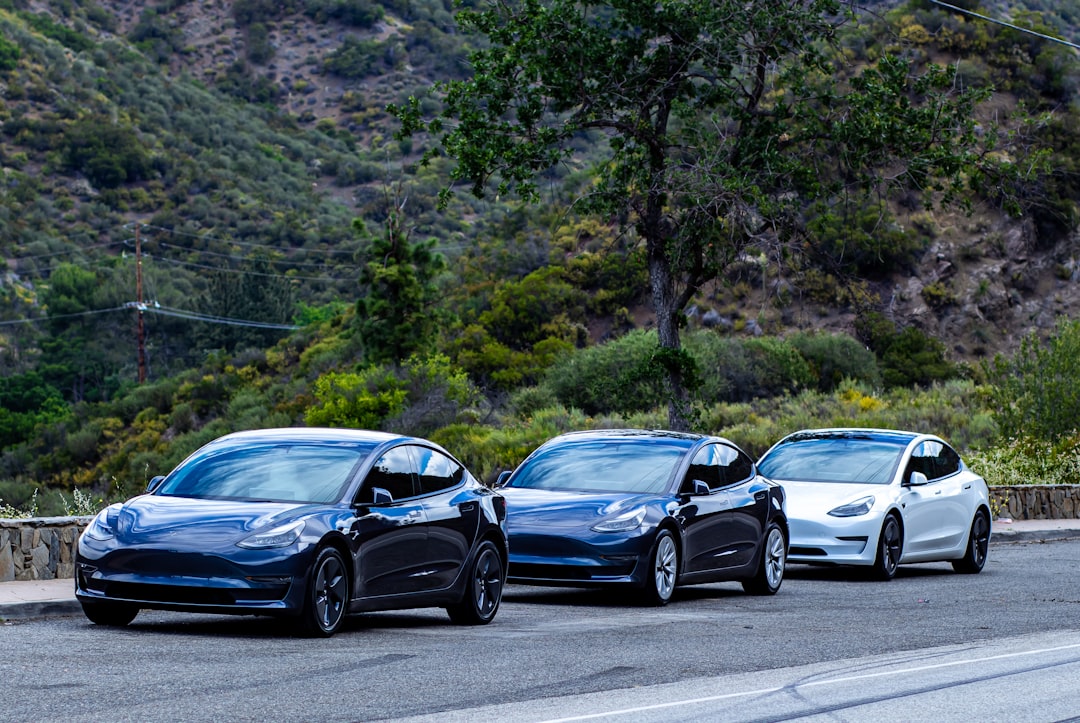Summary
Tesla’s latest automated driving feature, whimsically named “Mad Max,” has caught the eye of U.S. regulators. The National Highway Traffic Safety Administration (NHTSA) is investigating reports that this new mode may encourage speeding, adding to Tesla’s ongoing scrutiny over its semi-autonomous driving technologies.
What is Tesla’s ‘Mad Max’ Mode?
“Mad Max” is one of two new driving modes introduced to Tesla vehicles via a recent firmware update, alongside another mode called “Sloth.” These modes tweak the car’s automated driving behavior, with “Mad Max” reportedly encouraging a more aggressive driving style. The name, inspired by the iconic dystopian character known for his fast and furious driving, hints at the mode’s spirited nature.
Why Is the NHTSA Investigating?
According to Reuters, social media users have raised concerns that Teslas operating in “Mad Max” mode are exceeding speed limits. In response, the NHTSA has reached out to Tesla to gather more information. The agency emphasized that drivers remain fully responsible for operating their vehicles safely and adhering to traffic laws.
Tesla’s History with Federal Scrutiny
It’s not the first time Tesla’s semi-autonomous features have drawn regulatory attention. Despite the “Full Self-Driving” (FSD) branding, these systems require active driver engagement, which has been a point of criticism. The NHTSA has previously investigated Tesla over incidents involving FSD, including reports of vehicles running stop signs.
Recent Developments and Legal Challenges
Earlier this month, the NHTSA opened an investigation into Tesla following numerous reports of stop sign violations while FSD was engaged, as reported by CBS. Additionally, Tesla recently faced a wrongful death lawsuit related to its Autopilot system, resulting in a $329 million judgment against the company. These events underscore the ongoing challenges Tesla faces as it pushes the boundaries of automated driving technology.
